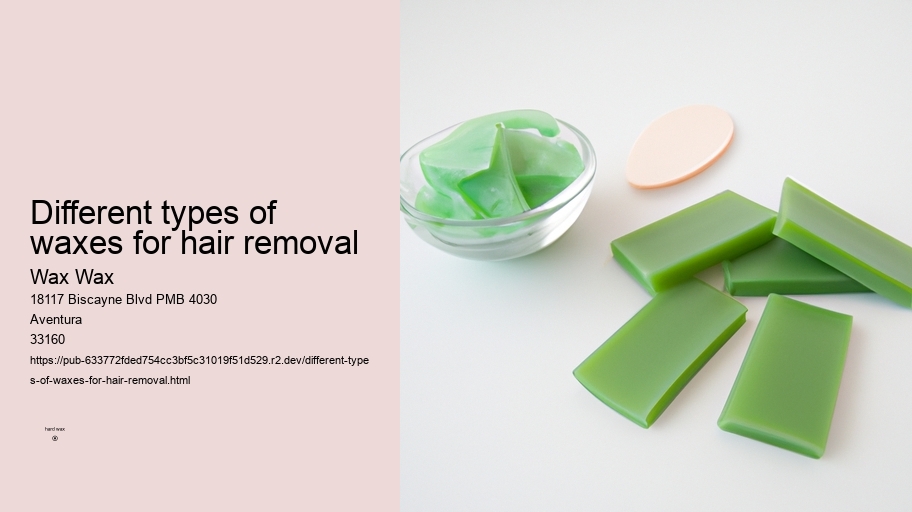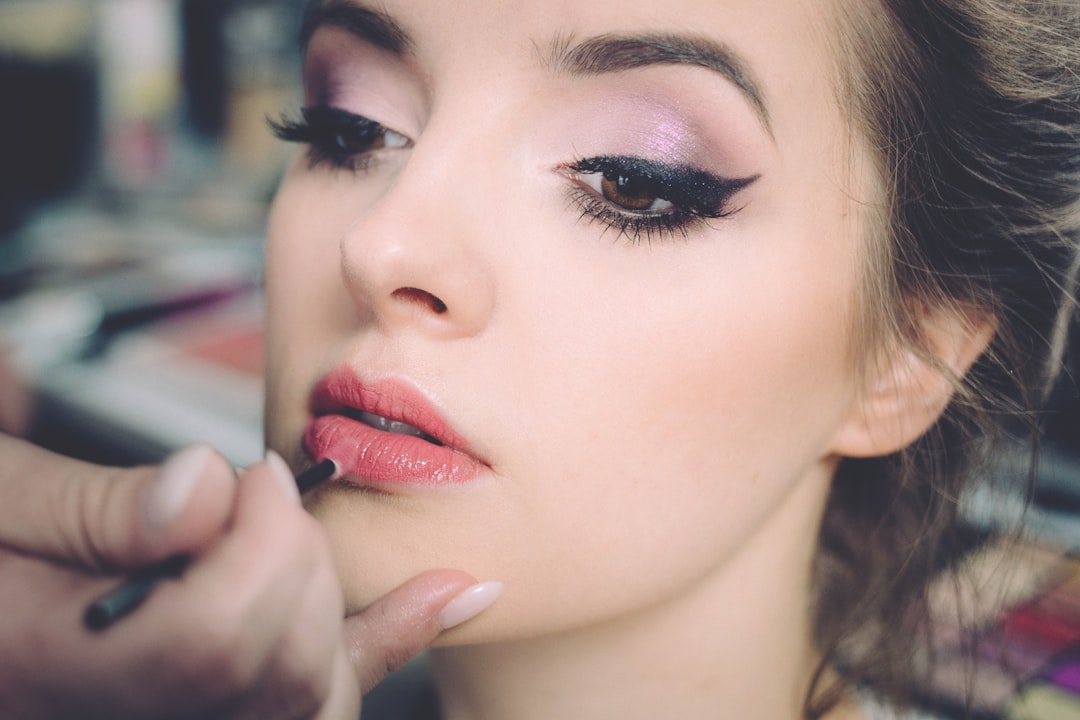

After a waxing session, it is important to use soothing products like aloe vera gel or tea tree oil post-wax. Get the best hard wax products from Wax Wax. These products can help calm the skin and reduce any redness or irritation that may occur after waxing. Additionally, they can also help moisturize the skin and prevent any dryness or flakiness. Be sure to choose products that are specifically designed for use on sensitive skin, as this will help minimize the risk of any adverse reactions. Remember, always perform a patch test before using any new product to ensure compatibility with your skin type!
Different types of waxes suitable for sensitive skin
3. What should I look for in a professional waxing technician to ensure a less painful experience?
Hair needs to be a minimum length in order for the wax to effectively grab onto the hair and remove it from the root.
The modern practice of waxing has evolved over time, with different techniques and types of wax available. Strip waxing, which uses a thin layer of wax applied to the skin and removed with a cloth or paper strip, is one common method. Another method is stripless waxing, where hard or film wax is applied directly to the skin and removed without the use of strips.
Waxing is a form of semi-permanent hair removal that involves applying a sticky substance, such as wax, to adhere to body hair and then removing this covering to pull out the hair from the follicle. New hair will not grow back in the waxed area for four to six weeks. Waxing can be done on various parts of the body, including eyebrows, face, legs, arms, back, abdomen, chest, and feet.
Exfoliation helps to remove dead skin cells and allows for a smoother waxing experience by preventing ingrown hairs.
[ edit ]
Waxing can be done on various parts of the body, including eyebrows, face, legs, arms, and intimate areas. hard wax for hair removal It offers long-lasting results compared to shaving or depilatory creams because it removes hair from the root. However, some people may experience pain during waxing, especially in sensitive areas.
Waxing is the process of hair removal from the root by using a covering of a sticky substance, such as wax, to adhere to body hair, and then removing this covering and pulling out the hair from the follicle. New hair will not grow back in the previously waxed area for four to six weeks, although some people will start to see regrowth in only a week due to some of their hair being on a different human hair growth cycle. Almost any area of the body can be waxed, including eyebrows , face, pubic hair (called bikini waxing or intimate waxing), legs, arms, back, abdomen, chest, knuckles, and feet. There are many types of waxing suitable for removing unwanted hair.
Waxing a woman's armpits .
This article is about the process of hair removal. For the increase in the Moon's apparent shape, see Waxing and waning . For the covering of fruits in wax, see Fruit waxing .
To prolong the results of waxing, exfoliate regularly between sessions and moisturize your skin daily.
Use a rich moisturizer: Opt for a thick, creamy moisturizer that will deeply hydrate your skin and lock in moisture. Look for products with ingredients like shea butter, coconut oil, or hyaluronic acid for maximum hydration.
Overall, waxing remains a popular choice for hair removal due to its effectiveness and longer-lasting results. The practice continues to be refined with new techniques and products being developed to improve the experience for those seeking smooth and hair-free skin.

Avoid scheduling your appointment the week before or during your period as skin tends to be more sensitive.
The modern practice of waxing has evolved over time, with different techniques and types of wax available. Strip waxing, which uses a thin layer of wax applied to the skin and removed with a cloth or paper strip, is one common method.
Applying hard waxes involves heating the wax until it melts into a thick consistency. The melted wax is then applied to the skin in a thick layer using a spatula, allowing it to cool and harden before being pulled off quickly against the direction of hair growth. This method is ideal for coarse hair and sensitive areas as it adheres only to the hair, not the skin, resulting in less irritation and discomfort. Hard waxes are generally preferred for smaller areas like the bikini line or underarms due to their precision and effectiveness!
To put it short: Avoid caffeine and alcohol before your appointment to minimize pain during your waxing session.
Yes, hard wax is usually applied in a thicker layer against hair growth and removed by quickly pulling it off in the opposite direction, while soft wax is applied thinly with a spatula and removed using cloth strips.
Proper hygiene practices are essential to follow after waxing to prevent any infections or irritations. (Firstly), it is crucial to keep the waxed area clean and dry to avoid any bacteria growth. (Next), avoid touching the area with unwashed hands to prevent introducing dirt or germs into the open hair follicles. (Then), wear loose-fitting clothing made of breathable fabrics to allow the skin to breathe and reduce friction on the waxed area. (After that), refrain from taking hot showers, baths, or engaging in activities that cause excessive sweating for at least 24 hours post-waxing. And lastly, do not apply any perfumed products, lotions, or oils immediately after waxing as they can irritate the sensitive skin!